Welcome to the School on Wheels Literacy Program!
We hope that being a Literacy Tutor gives you the opportunity to teach and learn. We’re here to support you in both!
We want you to be prepared to:
- Learn from your student about their favorite topics
- Learn about the educational strategies that work the best for your specific student
- Share your favorite activities that you discover to help other tutors with their students, too!
Planning Your Session
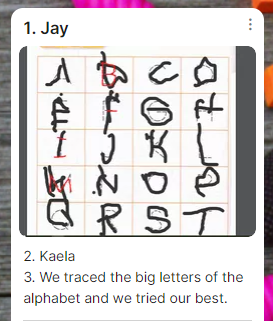
One of your top priorities should be to establish a consistent routine with your student that you follow every single session. This will allow you to focus on making your sessions engaging and tailoring them to your student’s needs. In addition, when a student knows what to expect, they:
- Feel more in control
- Feel more competent
- Have more brainpower available for learning
Our suggested routine is:
Click here for more details and resources for each step in our suggested routine.
- 5 min: Check-in activity
- 5 min: Session review & preview
- Review what you covered in the previous session and/or goals for tutoring
- Preview the plan for today’s session
- 5-15 min: Homework time (if applicable)
- 10-20 min: Academic support activity
- 5 min: Break
- 10-20 min: Fun & interactive learning activity
- 5 min: Check-out activity
Click here for a customizable session outline that you can show to your student and to their parents.
Try the following games and activities as you get to know your student:
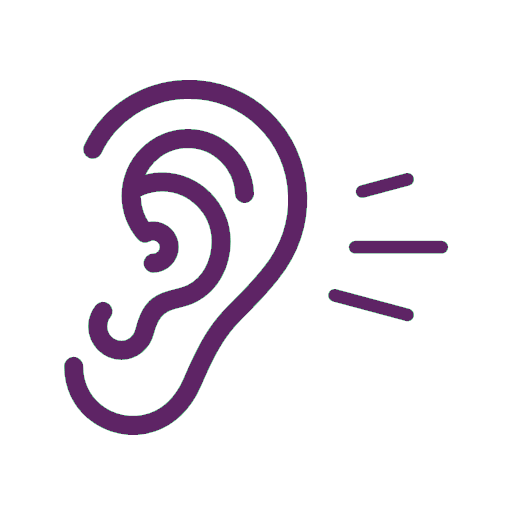
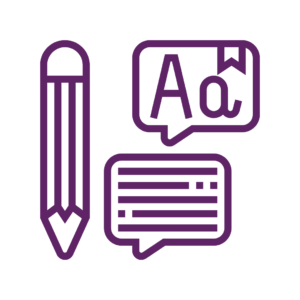
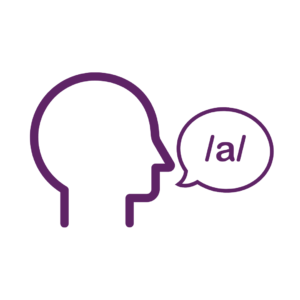
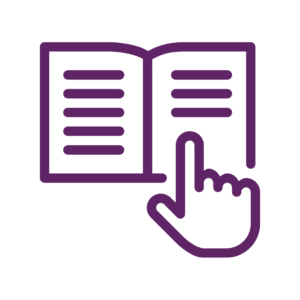
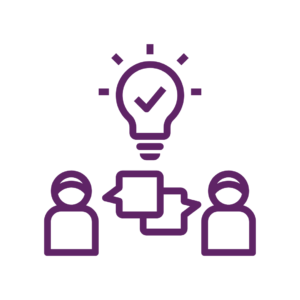
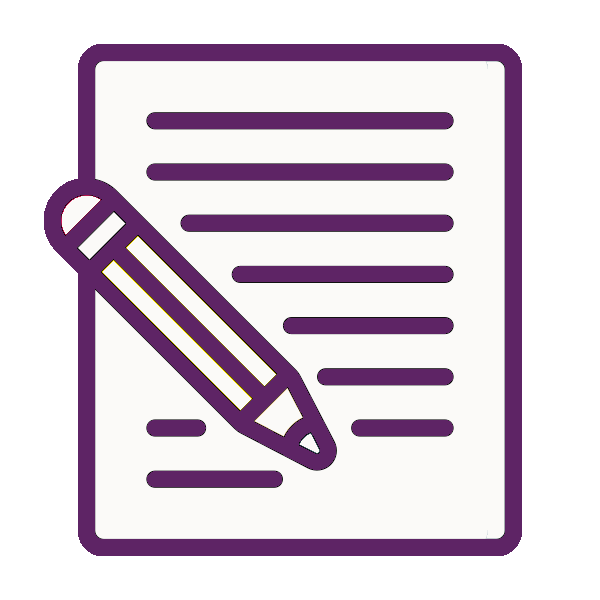
We focus our curriculum on the 5 components of effective literacy instruction:
- Phonemic Awareness: ability to hear different sounds in a word
- Phonics: knowledge of the sounds that letters make
- Fluency: pacing, speed, and comfort when reading out loud
- Vocabulary: word meanings and context
- Comprehension: understanding the meanings of multiple sentences
Each component supports the others, and all of them help our students reach a very important goal: to be able to learn about anything through reading.
Plan for your sessions to include conversation, read-aloud time, games, and movement as well as reading and writing. Verbal communication—speaking and listening—builds literacy skills.
Storyline Online has a wonderful selection of stories read out loud by actors, including activity guides for your tutoring session.
Each literacy activity you do with your student will help them in multiple areas.
Do you have other questions? Check out our Literacy FAQs!
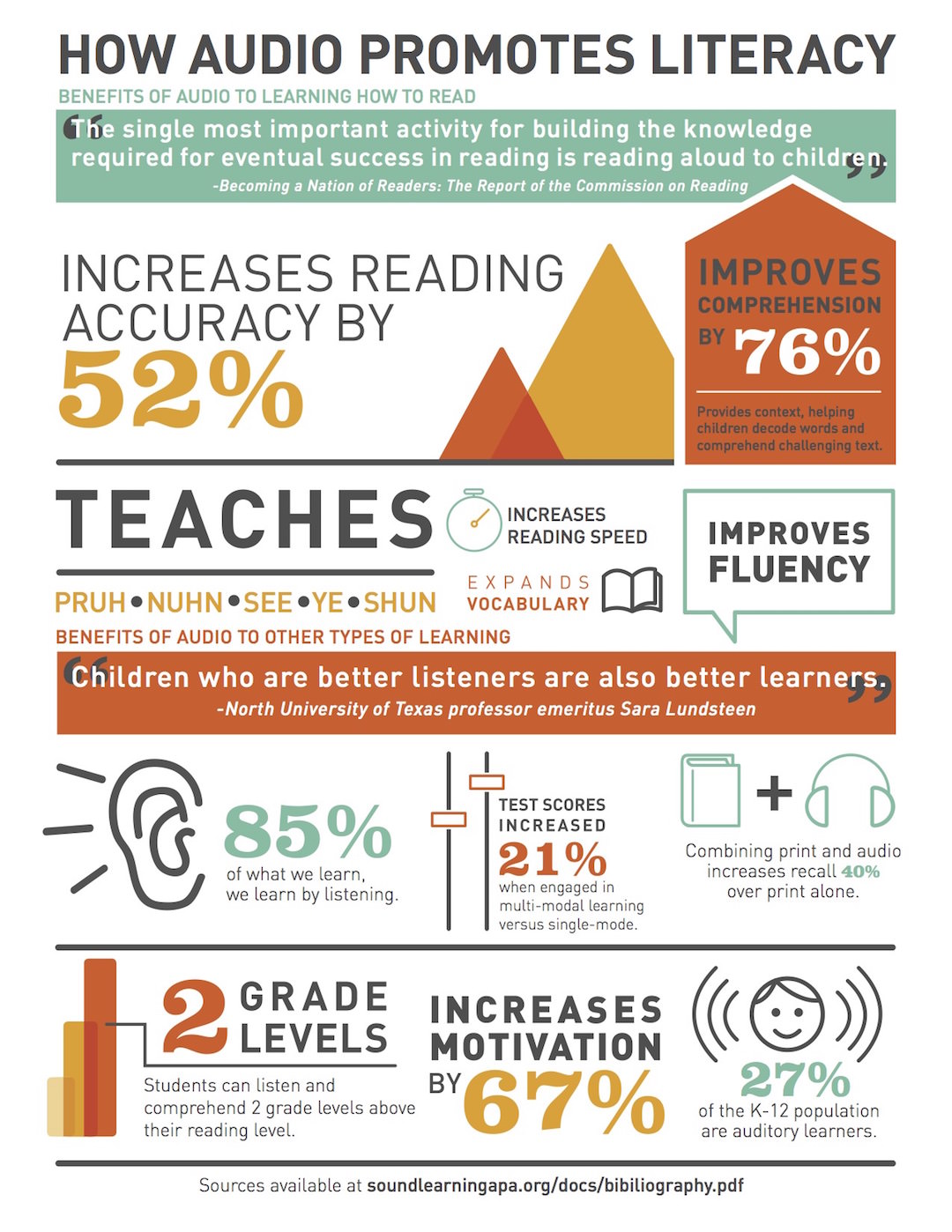
Using the Curriculum
We begin by giving your student a literacy assessment to help identify their precise literacy level. Based on their assessment scores, we will email you a link to a selection of materials that are appropriately challenging for your student. As you help them work through these materials, you will see their knowledge and literacy level grow!
There are two main categories of the curriculum we send to tutors: materials for students who are still beginning to read, and materials for those who are now rising readers.
Beginning Readers
At a glance:
- Your student is learning the basics of how to read. You will help them understand the individual sounds and letters they’ll find in written language.
- The email with your student’s assessment results will include a link to one of the following:
- Word Knowledge A: Your student is working on building their foundational reading skills. For example, recognizing letters and the most common sounds each letter makes.
- Word Knowledge B: Your student is learning to read more complicated sounds. They are also learning different reading strategies and expanding their vocabulary.
- Word Knowledge A and B each contain a sequence of reading skills for your student to learn. We provide you with a variety of materials (worksheets, lesson plans, and mini-books) your student can use to practice each skill.
- Move through the reading skills in order, but you are not expected to use all the materials.

When students are beginning readers, they are working on the basic skills, or “mechanics,” of reading. They need to practice hearing all the sounds in words, connecting the sounds to letters, sounding out entire words, and instantly recognizing the most common words.
We ask tutors to move through the reading skills in a specific order because this sequence effectively supports students learning to read English. Each “Word Knowledge” selection is organized with this in mind. For each reading skill, we offer a range of materials so that you can personalize how your student practices that skill. If the first reading skill is too easy, that’s ok! Tell your student that learning that skill must have taken hard work. Make sure to take breaks between worksheets or other activities.
Top 5 5-minute break ideas:
- dance break
- stretching
- quick online game
- coloring/drawing
- breathing exercise
Once you reach a reading skill that challenges your student, spend a whole session reinforcing it. Sample reinforcement activities include completing worksheets, making up your own poems or songs using the challenging letters or words, and drawing. You can also read out loud to your student while asking them to listen for the sounds you’re working on. Click here for more suggestions.
For more information, explore the resources below:
Rising Readers
At a glance:
- Your student understands the mechanics of reading! They are now on a lifelong journey of reading to learn about anything they choose. The best way to get better at reading is lots of practice.
- The email with your student’s assessment results will include a link to one or both of the following:
- Comprehension: You will receive 8 stories with accompanying activities and worksheets at just the right level for your student to read and learn. To maintain engagement, invite your student to choose the order they want to read these stories.
- Word Knowledge C: Your student knows how to read the basics, and should continue practicing some of the most complicated sounds in English. Move through the reading skills in order.


When students are rising readers, their knowledge of the basics of reading is already strong. They should be able to sound out words, and know many words by sight. Through reading, they can learn about new and interesting topics. In addition, studies show that when we read, we also teach ourselves new vocabulary without even realizing it.
You and your student should practice reading while learning as much as you can about topics that interest them. Additional online reading materials can come from your local library or an online search. If you find a source that they can not yet read independently, reading out loud to them has many benefits. As you read, you will find many types of learning opportunities, for example:
- irregular sounds, spellings, or sounds that they don’t know (such as tough, though, and through)
- new vocabulary words about topics that interest them (like a student who loves animals and pets learning the meaning of mammals, reptiles, and amphibians)
- new context for what they read (for example, was your student interested in a story about fish? You could take them on a virtual tour of an aquarium!).
For more information, explore the resources below:
